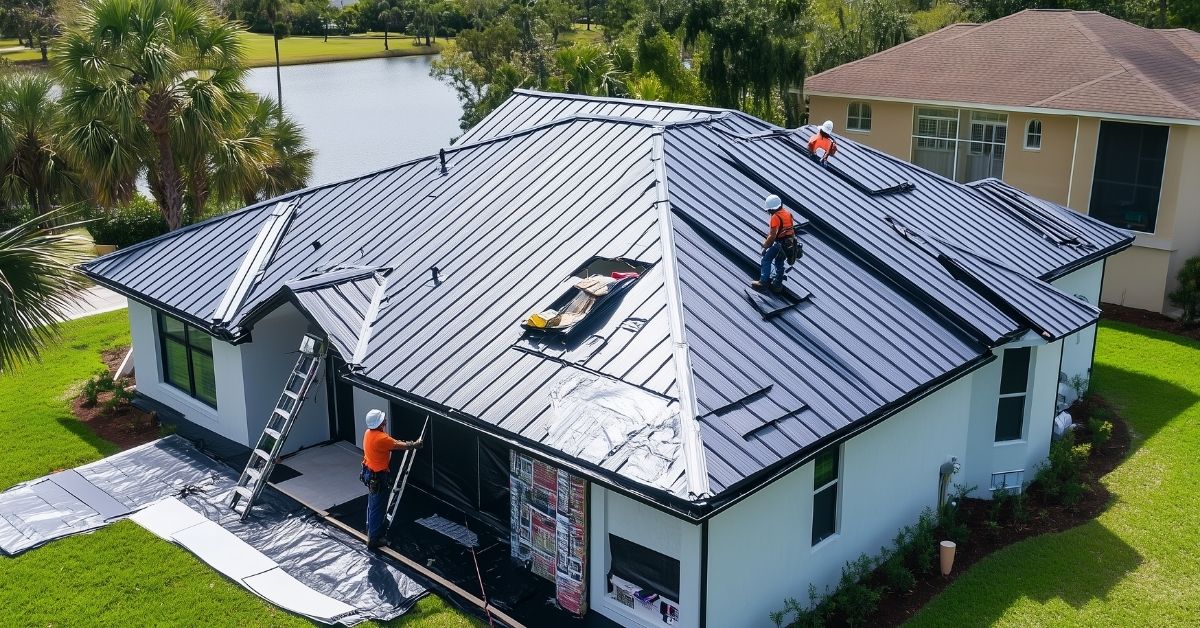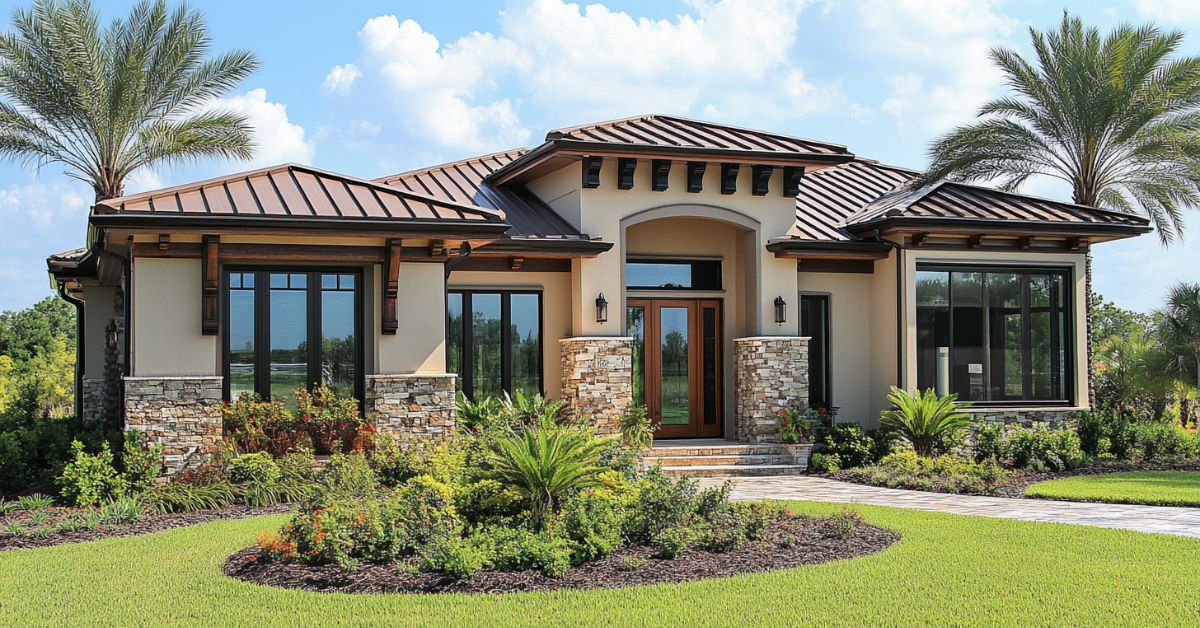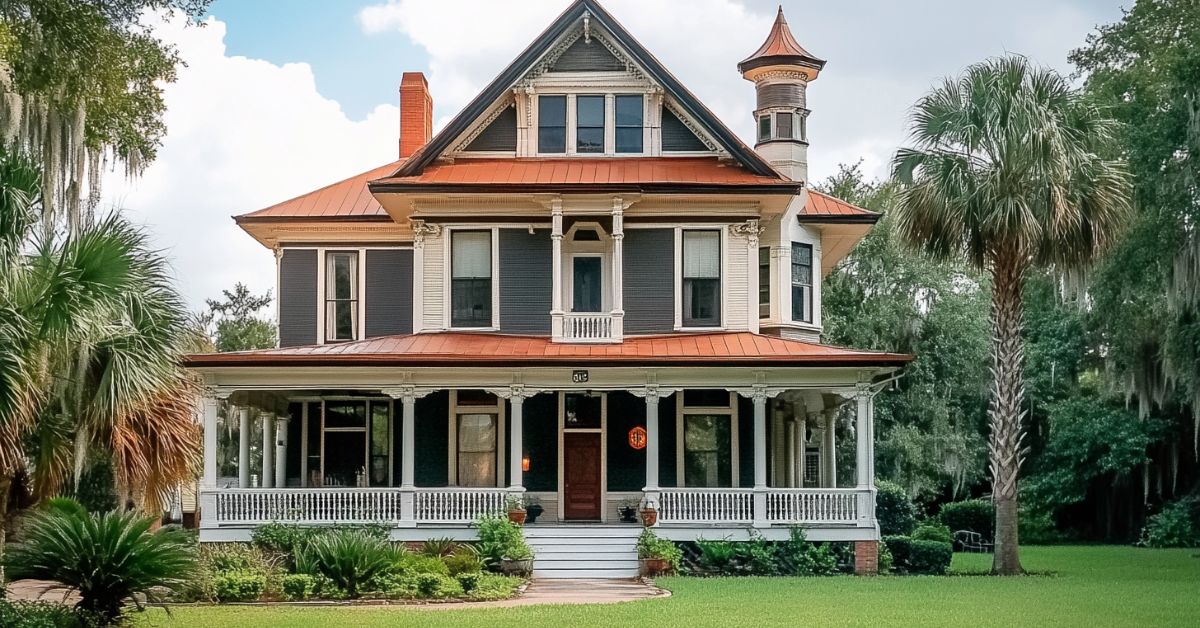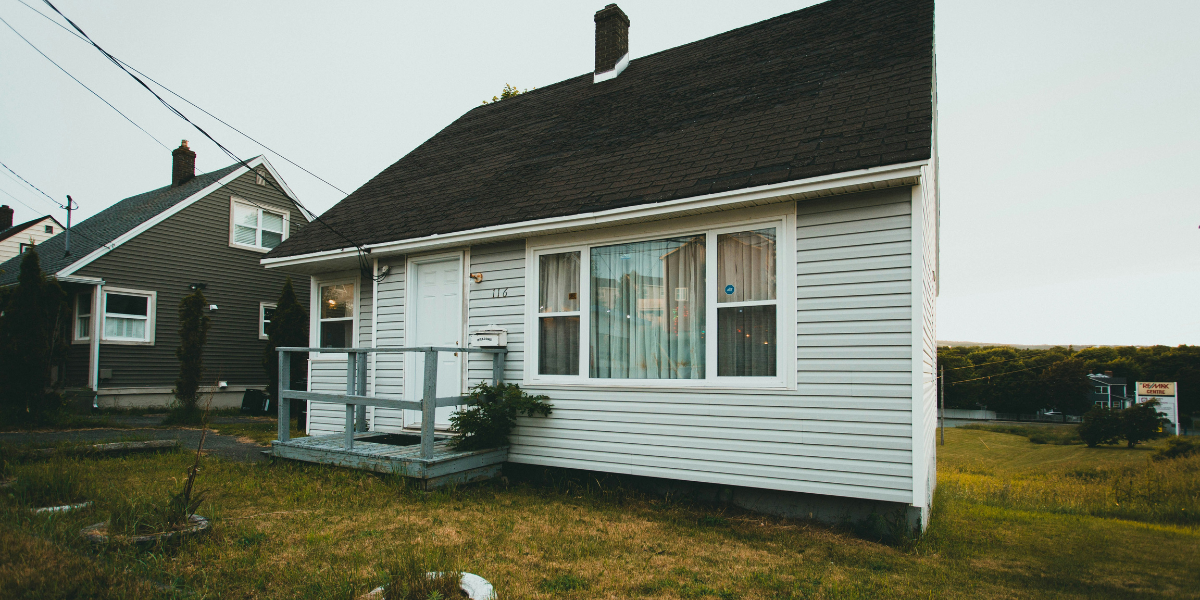If you’re planning to install metal roofing over asphalt shingles, confirm that local building codes allow this. The shingles must be in good condition to serve as a stable base. However, for projects like installing metal roofing on a shed or mobile home, you may need to remove the existing roofing completely to prepare for the new installation.
- Tear Off Old Shingles: Use a roofing shovel to remove old shingles and underlayment. Ensure the surface is clear of all debris.
- Inspect and Repair Roof Decking: If you’re working on installing metal roofing over plywood, check for any damage, rot, or weak areas. Replace damaged sections to create a strong foundation for the metal panels.
- Check for Structural Integrity: Before proceeding, examine the roof’s structural support, including rafters and trusses. Ensure they are free from damage and capable of supporting the added weight of the metal roofing.
- Clean the Roof Surface: Sweep the roof to remove nails, dust, and debris. This ensures a smooth surface, ready for the underlayment and metal roofing.





